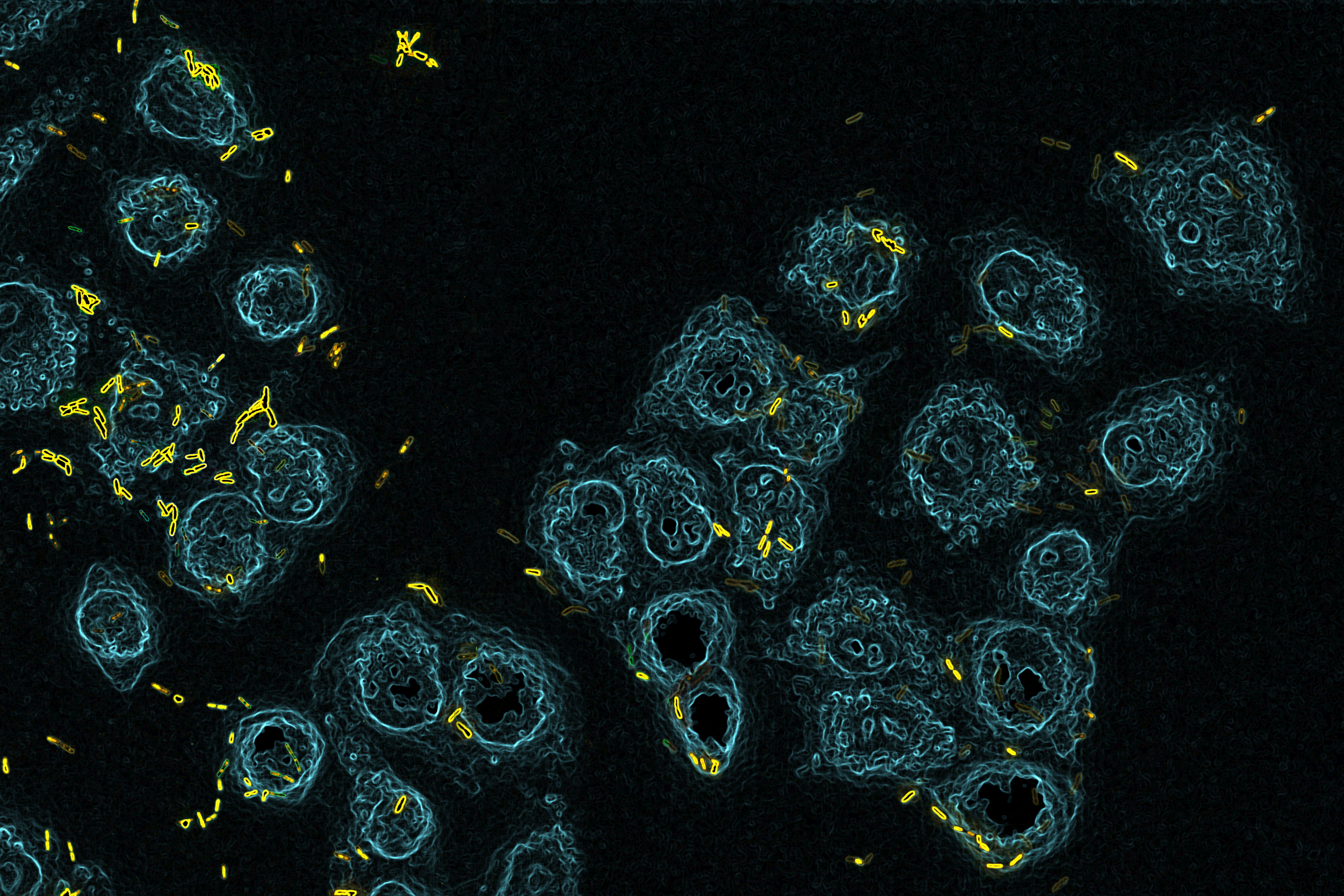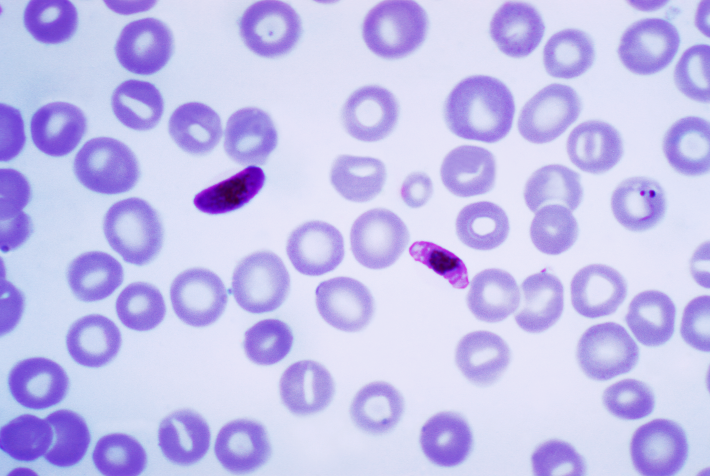by Piter Kehoma Boll
The world is filled with bacteria. Trillions, quadrillions, quintillions of them all around us. But while most of them are harmless or even beneficial to us, others are really evil.
Currently, one of the most dangerous bacteria for humans is called Pseudomonas aeruginosa, which I decided to nickname the green-pus bacterium and you will soon find out why. With a typical rod shape as many bacteria, its cells measure about 1.5 to 3 µm in length and 0.5 to 0.8 µm in width.

Find all around the world, the green-pus bacterium is one of the most generalist species that we have ever discovered. It often lives in oxygen-rich environments, but can also survive in anaerobic places. Provided that the environment has some moisture, it can thrive anywhere, including soil, water, on the surface of animals, plants, and fungi, and on the surface of human-made objects.
The green-pus bacterium feeds on almost anything organic, including living tissue and even hydrocarbons. It has been used, for example, to clean soil and water after oil spills by eating away the oil.
Although not exactly a parasitic species, the opportunistic and generalist habits of the green-pus bacterium make it a potential pathogenic species for humans and many other organisms. If it has the chance to feed on live tissue, it will. And this is not as difficult to occur, as this species can be found living on our skin as part of our microbiota. And how wouldn’t it be there, right? As I said, it thrives everywhere.
Nevertheless, this species is mostly harmless in normal conditions for healthy individuals. It is especially dangerous to immunocompromised individuals or other seriously injured ones. It is one of the most common species to spread and cause hospital-acquired infections. Carried through the air, it can infect the respiratory tract of immunocompromised people and cause pneumonia. Similarly, it can penetrate the urinary tract through infected catheters and cause urinary infections or, also through catheters, it can end up in the bloodstream. Another important route to infect humans is through severe skin burns, through which it can reach the inner tissues and spread, eating the infected individual alive.

Infections by the green-pus bacterium produce, as you may have guessed, a characteristic green pus. When cultivated in the laboratory, the cultures also show a blue-green color, hence the epithet aeruginosa, which in Latin means verdigris-colored. This color is caused by two metabolites produced by the green-pus bacterium named pyocyanin (with a blue color) and pyoverdine (with a green color).

One of the most frightening facts about the green-pus bacterium is that it is resistant to most antibiotics, most of which is due to natural resistance, although it also easily acquires new resistances by natural selection after being exposed to them during antibiotic treatments. This makes it very difficult to fight an infection caused by this species, and an infected person can easily die. As a result, the green-pus bacterium is also one of the most studied bacteria in the world and it stimulates research for the development of new methods to fight against bacterial infections that go beyond the use of antibiotics.
So take care! This little fellow is all around us and, although harmless most of the time, it will not hesitate to infect you if a good opportunity arises.
– – –
More pathogenic bacteria:
Friday Fellow: H. pylori (on 8 September 2017)
Friday Fellow: Coldwater disease bacterium (on 11 June 2021)
Friday Fellow: Human Chlamydia (on 14 January 2022)
– – –
References:
Diggle, S. P., & Whiteley, M. (2020). Microbe Profile: Pseudomonas aeruginosa: opportunistic pathogen and lab rat. Microbiology, 166(1), 30. https://doi.org/10.1099/mic.0.000860
Wikipedia. Pseudomonas aeruginosa. Available at < https://en.wikipedia.org/wiki/Pseudomonas_aeruginosa >. Access on 24 November 2022.
– – –
* This work is licensed under a Creative Commons Attribution 4.0 International License.
This work is licensed under a Creative Commons Attribution 4.0 International License.
** This work is licensed under a Creative Commons Attribution-ShareAlike 3.0 Unported License.
This work is licensed under a Creative Commons Attribution-ShareAlike 3.0 Unported License.































